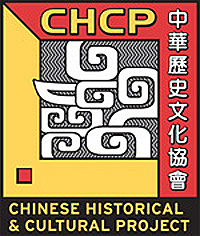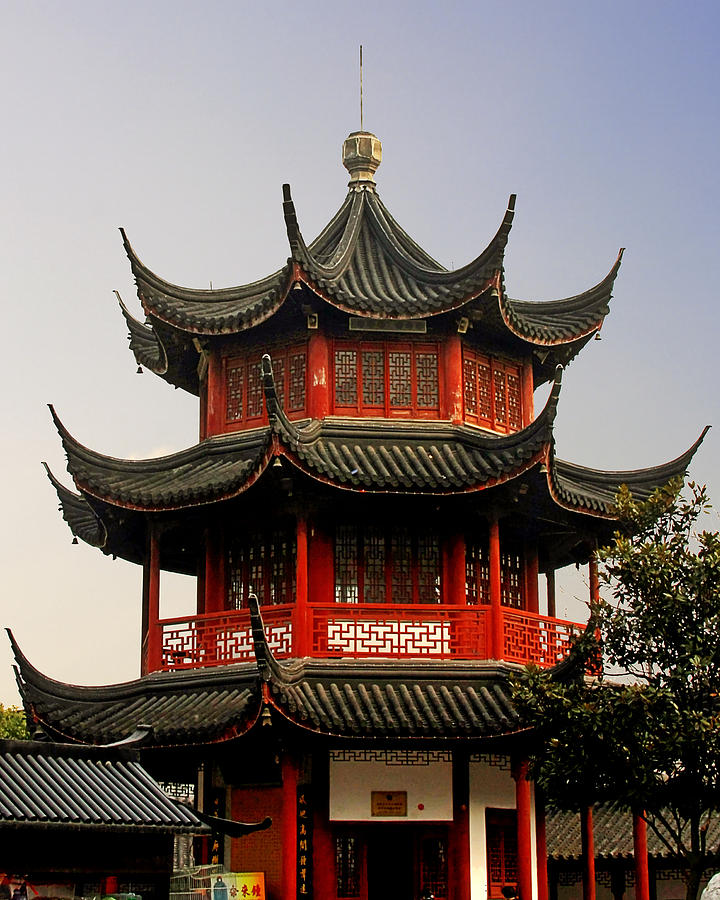|
- Home
- The Pagoda: An Ancient Shrine
THE PAGODA: AN ANCIENT SHRINE |
In films and photographs of China and Japan, you’ve seen the striking multi-storied structures known as pagodas. While these familiar towers are the foremost representations of Asian architecture, you may be unaware that they serve as Buddhist monuments, marking the burial site of a Buddhist relic or the tomb of a monk. The pagoda, or ta in Chinese, made its first appearance in China about 68 A.D. when Buddhism arrived from India. As the religion spread during the sixth century, from China to Japan and Korea, the pagoda became a defining form in religious architecture. A towering structure of superimposed stories with overhanging roofs, the pagoda generally is built up from a square, circular, or polygon-shaped foundation. Its origin stems from merging the ancient Indian stupa (the “heap” of brick and stone stacked on the surface of a tomb) with the traditional Chinese multi-storied tower, whch was constructed of timber and topped with a spire. Over the centuries, the design details of the pagoda have evolved and its use has been adapted in Western cultures (often for commercial structures), but its basic shape and its function as a memorial have remained constant in Asia. Text is Reprinted with Permission by the Copyright Holder: |
|


